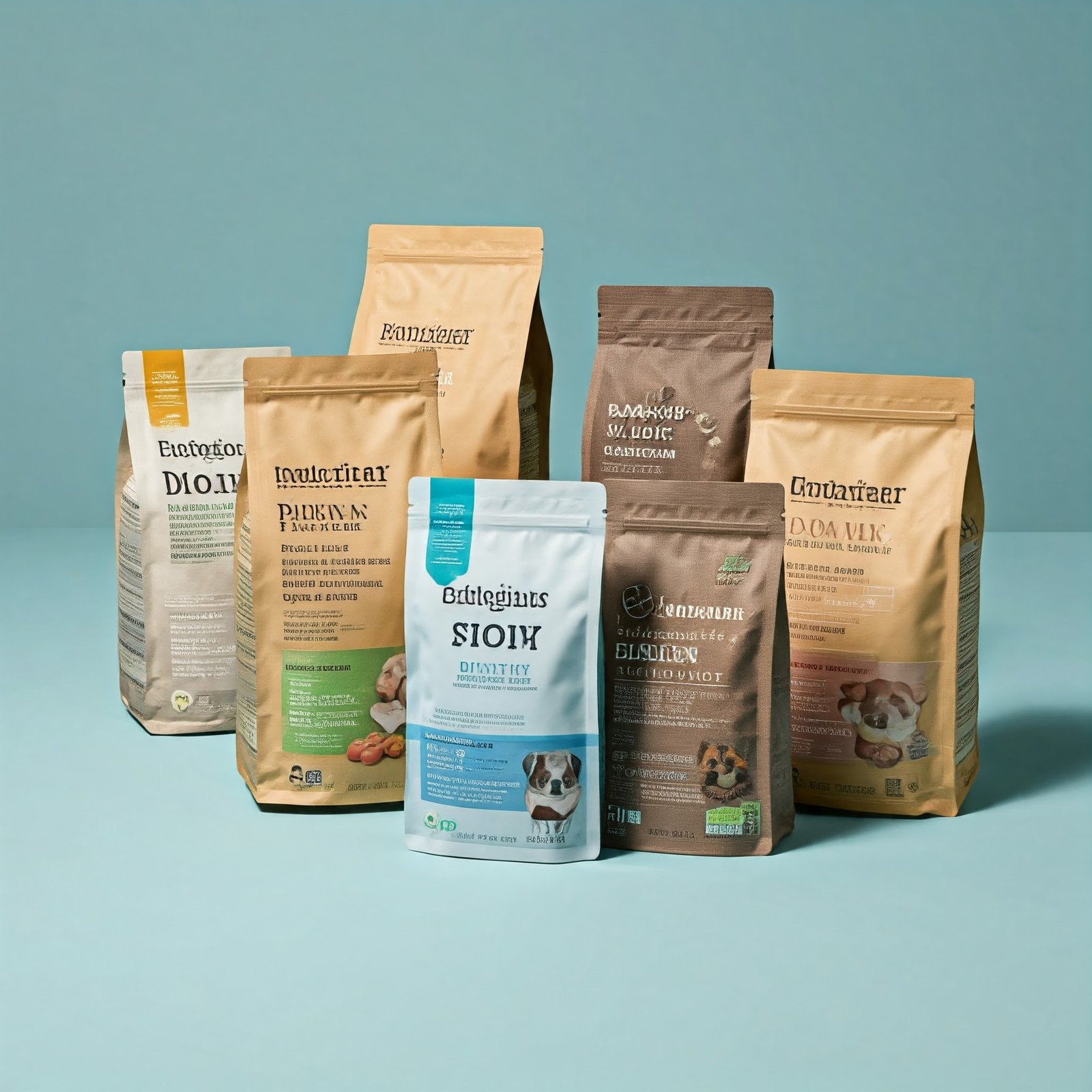Choosing the right dog food is essential for your pet's health and well-being. With countless options available on the market, it can be overwhelming to decipher dog food labels. Understanding the key components and ingredients can help you make informed decisions and provide your furry friend with a nutritious diet.
Key Components of Dog Food Labels
Guaranteed Analysis – This section lists the minimum guaranteed percentages of crude protein, crude fat, crude fiber, and moisture content. These nutrients are essential for your dog's overall health and energy levels.
Ingredients List – The ingredients are listed in descending order by weight. This gives you a good idea of the primary components of the food. Look for high-quality protein sources, such as meat or fish, as the first few ingredients.
A.A.F.C.O. (Association of American Feed Control Officials) Statements – These statements provide additional information about the food, such as whether it is suitable for all life stages or if it contains specific ingredients for allergies or sensitivities.
Nutritional Additives – This section lists any vitamins, minerals, and other supplements added to the food. Ensure the food contains all the necessary nutrients for your dog's age, size, and activity level.
Understanding Common Dog Food Terms
Whole Grains – These provide fiber, vitamins, and minerals. Look for whole grains like brown rice, oats, or barley.
By-Products – These are parts of animals that are not typically eaten by humans. While they can be a good source of protein, ensure they are from reputable sources.
Preservatives – Avoid artificial preservatives like BHA, BHT, and ethoxyquin. Opt for foods that use natural preservatives like vitamin E or rosemary extract.
Artificial Colors and Flavors – These can be unnecessary and may contain harmful chemicals. Choose foods that are free of artificial additives.
Choosing the Right Dog Food for Your Pet
Age – Puppies, adult dogs, and senior dogs have different nutritional needs. Choose a food that is specifically formulated for your dog's age.
Size – Larger dogs require more calories and nutrients than smaller dogs. Select a food that meets their specific needs.
Activity Level – Active dogs need more energy than sedentary dogs. Choose a food with a higher protein and calorie content.
Health Conditions – If your dog has allergies, sensitivities, or specific health conditions, consult your veterinarian to determine the best diet.
Common Dog Food Myths Debunked
Grain-Free Diets – While grain-free diets are popular, they may not be suitable for all dogs. Some dogs may have grain sensitivities, but others may benefit from the nutrients provided by whole grains.
Raw Food Diets – While raw food diets can provide nutritional benefits, they also carry risks such as bacterial contamination. Consult your veterinarian before making the switch.
Home-Cooked Diets – Home-cooked diets can be nutritious, but it's crucial to ensure they are balanced and provide all the necessary nutrients. Consult a veterinarian or a registered dietitian for guidance.
Conclusion – Decoding dog food labels can be challenging, but understanding the key components and ingredients can help you make informed choices for your pet. By selecting a high-quality dog food that meets your dog's specific needs, you can provide them with a healthy and happy life.
Follow TalkyTails for expert advice, helpful resources, and valuable information on pet care.




